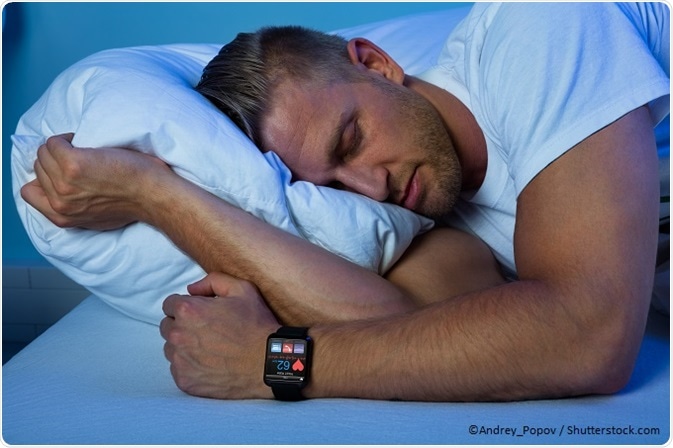What is a Wearable Fitness Tracker?
A fitness tracker is a gadget worn around the waist or on the wrist that keeps track of certain body parameters such as motion and heart rate. A number of new fitness trackers that link up to a smartphone or a laptop are available in the market today. The majority of them have three axis accelerometers which allow them to monitor just how fast an individual moves in any direction. This data is then processed with algorithms to make more sense of the movements.

How Does a Fitness Tracker Work?
Most modern fitness trackers are worn by the individual on the wrist in place of a wristwatch or around the waist. The sensors on the tracker keep account of all the input that they receive. This data is then transferred to the smartphone or laptop to which the fitness tracker is linked. This happens when the gadget is synced to the smartphone or laptop.
The software uses complex algorithms to sort the data it has received into useful information which will make sense to the user. This is how the individual is able to track the day’s exercise, heart rates, and even sleep patterns. Trends can be established based on the history of the individual’s data available. This information is then produced as output for the individual to view and make more informed decisions about their fitness regimen.
How Does a Wearable Fitness Tracker Know When You’re Asleep?
Most wearable fitness trackers come equipped with a function known as “Sleep Mode.” The user must activate this mode on the gadget for the data to be compiled accurately for the time that they are asleep. Unless this is done the data collected will be measured normally as though the individual is awake and moving around.
Using the accelerometer to track the speed and direction of motion when asleep to measure sleep quality is known as actigraphy. The American Academy of Sleep Medicine established actigraphy as a useful research tool in 1995, but maintained that its clinical usefulness was uncertain. For those suffering from sleep disorders, actigraphy is an easy way to keep track of their wakeful and sleep times during a night.
How Does Actigraphy Work?
Actigraphy allows the three axis accelerometer on the wearable fitness tracker to record all the movements, big and small, made by the individual. There may be additional data provided by a gyroscope if it is part of the fitness tracker. Sleep parameters are established by experts and then specialized algorithms are programmed to make sense of the movements recorded by the tracker based on the sleep parameters.
Actigraphy is used to document multiple sleep latency tests. It is used in the evaluation of the circadian rhythm sleep disorders, depression, and dementia. It can provide valuable data about sleep in the natural environment as compared to studies conducted in sleep laboratories. Regardless of this, it is still not the first choice for data collection in serious scientific research because of its wide range of errors.
How Accurately Can Wearable Fitness Trackers Measure Sleep Quality?
Wearable fitness trackers depend heavily on actigraphy to determine the quality of sleep. Actigraphy is not the most reliable way to track sleep quality or even the time a person is actually asleep. Most wearable fitness trackers that use actigraphy have a high margin of error. They may record the individual who is awake and lying in bed as still asleep, or they may not realise that the individual is active and moving if they have not reset the sleep mode button after getting out of bed.
There is also no way for the tracker to distinguish between a regular sleep and a sensitive sleep mode. This means that the fitness tracker may be fooled into believing that the individual is getting a good night’s rest when the person may be wide awake and not moving. Additionally, user error can occur if the individual forgets to set the tracker to sleep mode.
How is Sleep Quality Determined in Laboratory Studies?
There are many methods to evaluate a person’s sleep complaints. These include clinical interviews, sleep diaries and polysomnography. Sleep researchers prefer the use of polysomnography or PSG to study sleep patterns in a laboratory. This involves placing electrodes on the scalp to measure brain waves. It may include shaving parts of the skull to attach the electrodes properly.
Since the brain waves are being recorded directly, they are able to easily distinguish between the alpha, beta, theta and delta waves. It is not the most convenient method to measure sleep quality, but is currently the most accurate method available to scientific researchers. A wearable fitness tracker is nowhere near as accurate as a polysomnography. However in case of children and infants they are seen as a less intrusive tool and may be used.
References
Further Reading
Last Updated: Feb 26, 2019